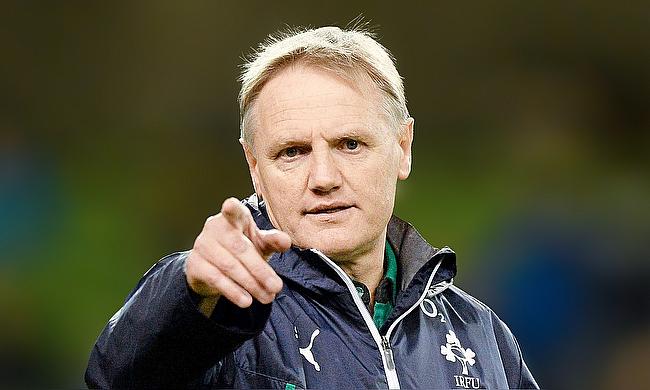Schmidt Appointment Gives Australian Rugby Renewed Hope
Once one of the most feared nations in rugby union, it would be fair to say that Australia’s fortunes have dropped off a cliff in recent years.
Two World Cup success during the 1990s cemented their status as a big hitter in the sport, but they have failed to get their hands on the prestigious trophy since then.
Australia’s success on the international stage has undoubtedly dented rugby union’s popularity there, allowing rugby league to garner most of the headlines.
The sport's governing body has come under scrutiny, accused of clinging to a ‘broken system’ woefully out of touch with the modern sporting landscape.
However, amidst the uncertainty surrounding the sport in Australia, a recent overhaul of the leadership structure could mark a huge turning point.
Chairman Hamish McLennan and head coach Eddie Jones stepped down from their roles last year, opening the door for the winds of change to sweep through Australian rugby.
Phil Waugh was appointed as Chief Executive Officer, while Dan Herbert took on the role of chairman. Joe Schmidt replaced Jones as head coach.
Schmidt has become synonymous with success, particularly for his exceptional winning record in Ireland. With the 58-year-old at the helm, there is optimism that a new era of innovation and success may be on the horizon for the Wallabies.
While Australian rugby fans are excited about what the future holds, online bookmakers think they will struggle to recapture their further glories.
Once regularly amongst the front-runners in the betting for the World Cup, they are rated as 12.00 shots to lift the trophy in 2027. Those odds would have been unthinkable in the past, and are a measure of how far they have fallen.
However, betting sites in Australia may need to brace themselves for a flurry of activity now Schmidt is on board. His proven track record gives Australia a much better chance of upsetting the odds at the next World Cup.
The appointment of a mastermind coach has undoubtedly injected a glimmer of hope into Australian rugby's quest for redemption. But Schmidt's arrival must not be mistaken for a magic bullet.
Their road to glory remains a treacherous climb, fraught with obstacles that demand more than just inspirational leadership. As one Rugby Australia executive recently lamented, ‘Australian rugby embodies dysfunction at its worst’.
Rebuilding a shattered reputation and rekindling fan trust requires not just spirited pronouncements but concrete action and a willingness to confront uncomfortable truths. Central to Australian rugby's revival is the need to address structural deficiencies and systemic inefficiencies.
The once-lauded expansion of the Super Rugby competition has now been cited as a double-edged sword that has diluted the talent pool and thinned out resources rather than fostering players.
Calls for consolidation and streamlining have grown louder, with advocates arguing that fewer teams with better talent could enhance competitiveness and sustainability. Revenue generation, especially through broadcasting rights, is another pressing concern for Australian rugby.
Compared to its well-funded rivals in other sports, rugby's coffers pale by comparison, hampering its ability to invest in infrastructure, development programs and player welfare.
To attract lucrative broadcast deals, Australia’s international rugby team desperately needs to become a box office hit. They need to generate captivating content that reels in viewers and, more importantly, lucrative sponsorship deals.
Success breeds interest, and interest translates into revenue. Unfortunately, the Wallabies have suffered a trophy drought in recent years, which has taken its toll on the sport's popularity and commercial viability.
Shifting this narrative will require a complete overhaul. Standards need to rise, competitiveness needs to be reignited, and the Wallabies need to convince the nation they can once again dominate the international stage.
On a positive note, they have taken the important first step by shaking up the leadership structure. However, the revamp must now translate into on-field success - a key metric that will determine the true effectiveness of the overhaul.

